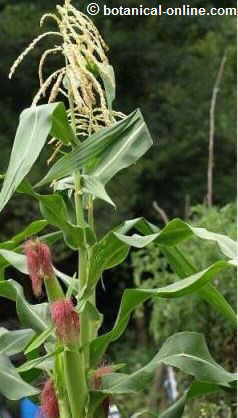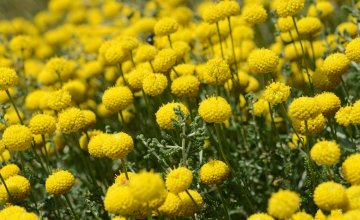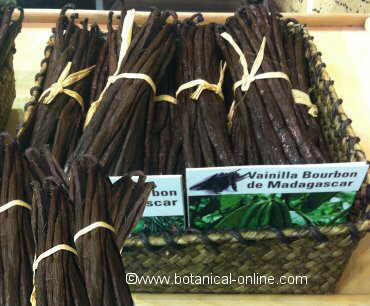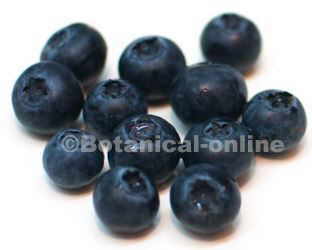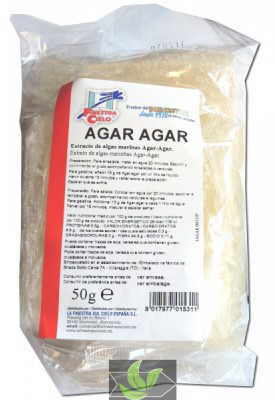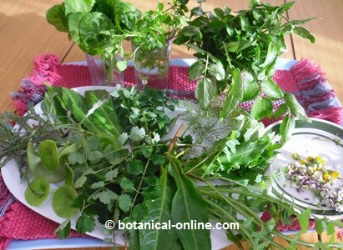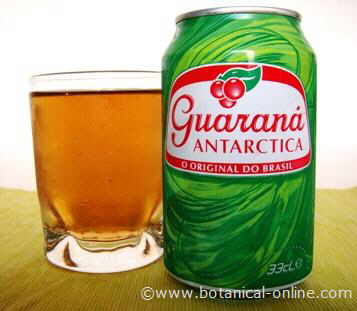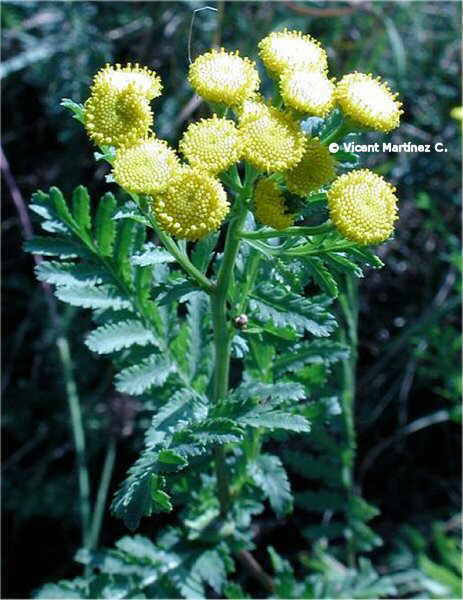Contents
Classes and varieties of pines
Pine trees. Trees from Pinaceae family within coniferous class
Within conifers, pines are trees, or less commonly shrubs, of the Pinaceae family. Pines located in cold areas, generally have pyramidal appearance. Those in warmer areas tend to have the same look when they are young, but as they become adults, their tops begin to widen and become flatter to acquire more light.
Branching is usually whorled, with two types of branches: A wider (macroblasts) devoid of chlorophyll and smaller (brachyblasts) where the leaves are inserted in groups of 2 to 7. The leaves are evergreen, long and thin (needles).
How are pine cones
“Male and female flowers” grow on the same tree. They are grouped in the form of inflorescences at the base of annual shoots. Male flowers (male cones of pollen cones), properly called microsporangiate strobiliare, are very numerous and contain much pollen, which is spread by the wind, reaching great heights and distances, in some cases more than 4000 meters.
A pine cone, properly called megasporangiate strobilus, is actually a female flower. It is formed by a peduncle or stem that holds the cone to a branch of the pine tree. The peduncle is prolongued by the rachis, a sort of axis around which cone scales grow giving the pine cone its characteristic form. Pine cones take two years to mature.
Developed female flowers (Pine cones) have two types of scales: fertile ones (seminiferous scales) and other non-fertile (covering scales) at the base of the first. On each fertile scale there are two ovules. When they are fertilized, the ovules develop into two seeds, the seminiferous scales increase in size and lignify, while the covering scales remain atrophied.
The visible part of the scales of male cones in pyramidal form is known as apophysis. Above them a more or less visible bulge known as umbo appears.
The seeds have wings because they are dispersed by wind, not by animals.
The outer part of the seed (seed coat) is hardened and inside it there is the embryo that will produce the new pine when germinating. Except the outer hardened part, the rest of the seeds, in some pines, is edible and it is known by the name of pine nut.
Pines have great ecological importance because they occupy ecosystems where other higher plants have not been able to adapt. Equally important, are conifers as producers of wood, resins, pine nuts and other very important medicinal or industrial products (For more information on “Uses of conifers”
![]() More information on pine nuts and pines.
More information on pine nuts and pines.

